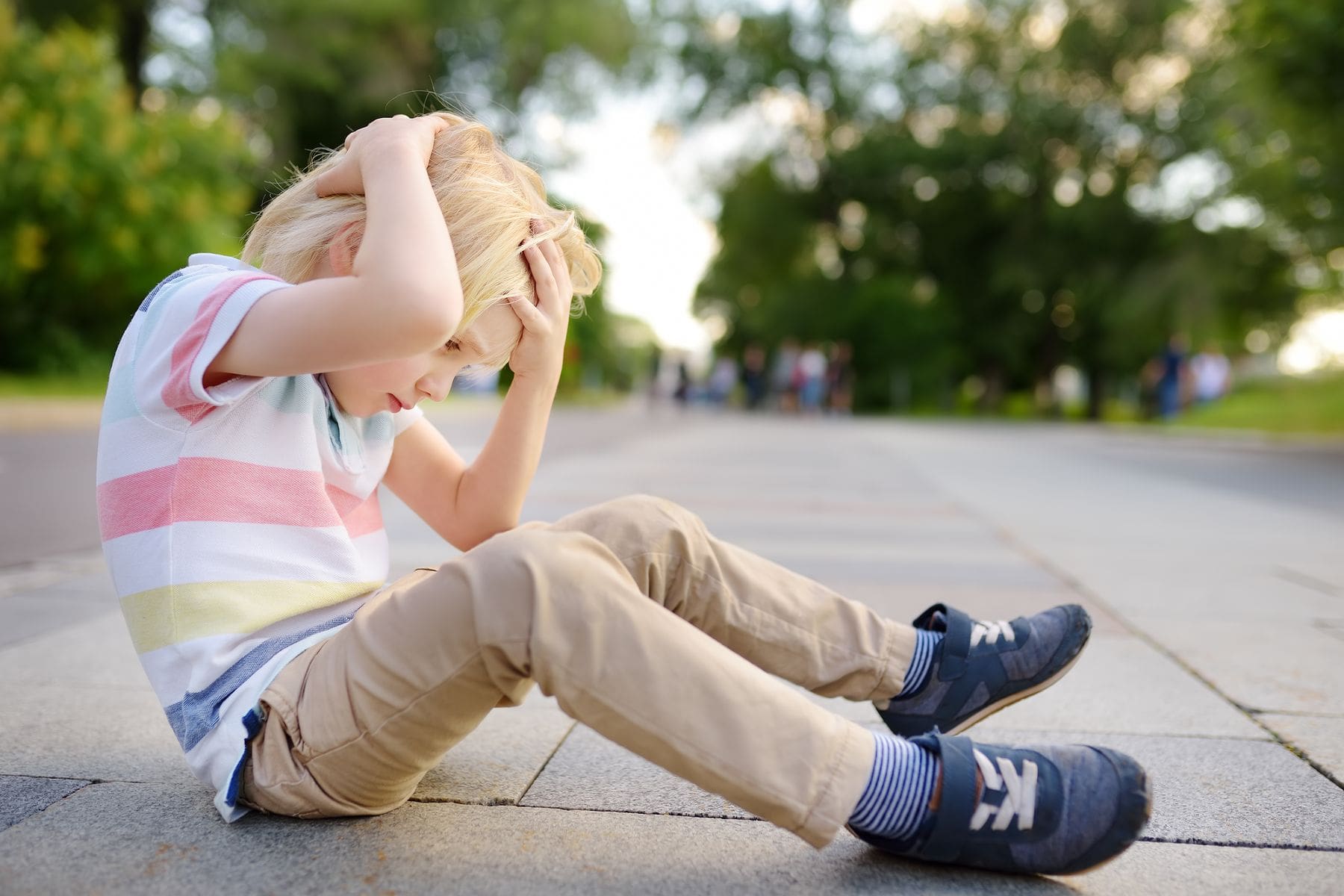Video transcript
Welcome back to The Art of Patients, I’m Dr Golly and today we’re addressing one of the most common concerns for parents of sport-loving children and adolescents – concussion. And the burning question, of when it’s ok to return to play again.
Concussion comes from the Latin word concutere – to shake, and the symptoms typically include headache, blurred vision and nausea, while the impairment of function may involve a loss of consciousness, forgetting things that happened before & after the event, weakness, poor concentration, behaviour changes, mood swings or sleep disturbance.
It’s important to understand that concussion does not have to involve a loss of consciousness, this is why it often goes undiagnosed. We’ve talked about mild head injuries before, but let’s recap on the whiteboard what happens when the head gets injured.
This incredibly complex system of wiring is very precious, so to protect the brain, it floats in a clear fluid – called cerebrospinal fluid – or CSF for short, to cushion it from knocking against the inside of the skull. A head strike can overwhelm this cushion and result in a traumatic brain injury – which we classify as mild, moderate or severe. We also see this in car accidents, where the body is held in place with a seatbelt, but the head thrusts forward suddenly. Even a blow to the chest or back can cause brain injury by causing the head to snap forward or backward suddenly.
Concussion is an example of a brain injury – and you can have a concussion without actually being knocked out. Other than stitching any cuts and treating bruised egos, the key treatment for concussion is letting the brain and body rest. This doesn’t just mean a day off school. It means no activities that require concentration, like video games, homework or even sending a text.
And because children and adolescents take longer to recover than adults, there is unanimous agreement that returning to a game following a concussion, is OUT OF THE QUESTION. But when can you return to play sport again? The answer is ONE WEEK, if you successfully climb the 6 step rehabilitation ladder. Let’s take a look.
Each step takes 24 hours and you can only climb up if you have no concussion symptoms. Otherwise, it’s down one rung & a repeat visit to the doctor!
Step 1 requires complete physical and mental rest for 24 hours. The goal being a full recovery.
The next step allows for simple walking, swimming or stationary cycling but no resistance training. The goal being to safely increase the heart rate and ensure no return of symptoms.
Step 3 lets your child practise running drills but restricts any head-impact activities. This adds movement to the increased heart rate of step2. If there are no problems, then…
The next step includes passing drills and progressive resistance training, to enable exercise and to challenge co-ordination skills. If they’re displaying the prowess of Pele or the brilliance of Buddy, then move on to…
Step 5, which is resumption of normal training activities. This not only lets the coach assess your child’s function but also restores confidence in the budding sporting-star.
The final step is normal game play! We also know that those who have had one concussion seem more susceptible to another while their brain nerves are still recovering from the first knock. This is because during the recovery period, the child will have less awareness, judgement, decision-making skills and intuitive protection, making another head injury more likely.






